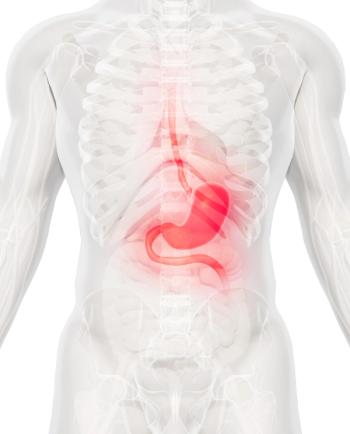
Research Suggests Liver Cancer Prevention Strategy Should Include NASH, Elderly Patients
In a recent study, researchers indicated that primary liver cancer prevention schedules should give more attention to nonalcoholic steatohepatitis and elderly patients.
A study published in Cancer found that primary liver cancer (PLC) in highly endemic regions has been partly alleviated due to the potent control of hepatitis, especially among young and middle-aged individuals.
However, researchers also observed an unfavorable trend in most developed countries and in elderly populations. Given this finding, they indicated that PLC prevention schedules should give more attention to nonalcoholic steatohepatitis (NASH) and elderly patients.
“The most pronounced increase was found in PLC caused by NASH, suggesting that weight management and obesity control deserve more attention in PLC primary prevention schedules,” the authors wrote. “Additionally, the PLC incidence trend and pattern are highly heterogeneous among regions and populations. Therefore, more targeted prevention strategies are needed.”
Using collected detailed information on PLC between 1990 and 2017 from the Global Burden of Disease Study 2017, researchers estimated the annual percentage changes in the PLC age-standardized incidence rate (ASR) diagnosed by age, sex, region, and etiology to quantify the temporal trends in PLC ASR. Globally, the number of PLC cases for which the age at diagnosis was <30 years was found to decrease from 17,381 in 1990 to 14,661 in 2017, whereas the number of PLC cases diagnosed at age 30 to 59 and ≥60 years old was found to increase from 216,561 and 241,189 in 1990 to 359,770 and 578,344 in 2017, respectively.
Moreover, the ASR of PLC cases with age at diagnosis <30 years and between 30 and 59 years decreased in both sexes, whereas the ASR of PLC with age at diagnosis ≥60 years increased in males and remained stable in females at the global level. Males also had a more dramatic increase in PLC diagnosed at age ≥60 years, but a milder decrease in PLC diagnosed between 30 and 59 years of age.
Researchers suggested that this decrease was largely attributed to the reduction in PLC caused by hepatitis B and hepatitis C and was consistent in most regions, except for developed countries in which the ASR of PLC increased regardless of sex and age. Further, the ASR of PLC due to NASH increased by the greatest magnitude in most regions.
“Given that (hepatitis B virus; HBV) and (Hepatitis C virus; HCV) infection constitute the leading etiology for liver cancer and that liver cancer prevention could benefit the most from the control of hepatitis infections, more targeted prevention strategies are warranted in the near future,” the authors wrote. “More importantly, establishing an appropriate mix of interventions that are adapted to the epidemiological situations of specific countries and populations is warranted.”
The researchers noted that the increase of PLC incidence in elderly individuals may also be attributed to increasing improvements in quality and accessibility to medical care over time, though this study was not able to fully reveal the impact of this. Therefore, the increasing trends should interpreted with some caution.
Additionally, the researchers suggested that potential reasons for differences in PLC incidence in females and males, such as alcohol consumption and prevalence of hepatitis, were not covered in this study. Thus, future studies are warranted to provide more insight on this issue.
Reference:
Liu Z, Suo C, Mao X, Jiang Y, Jin L, Zhang T, Chen X. Global Incidence Trends in Primary Liver Cancer by Age at Diagnosis, Sex, Region, and Etiology, 1990-2017. Cancer. doi:10.1002/cncr.32789.
Newsletter
Stay up to date on recent advances in the multidisciplinary approach to cancer.
































































































